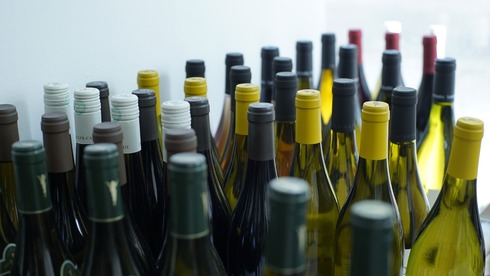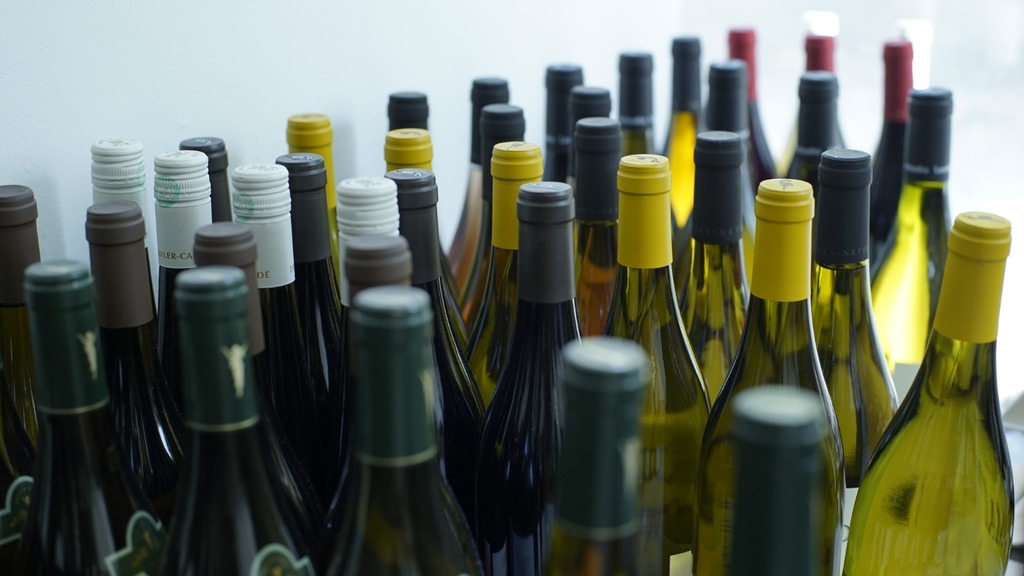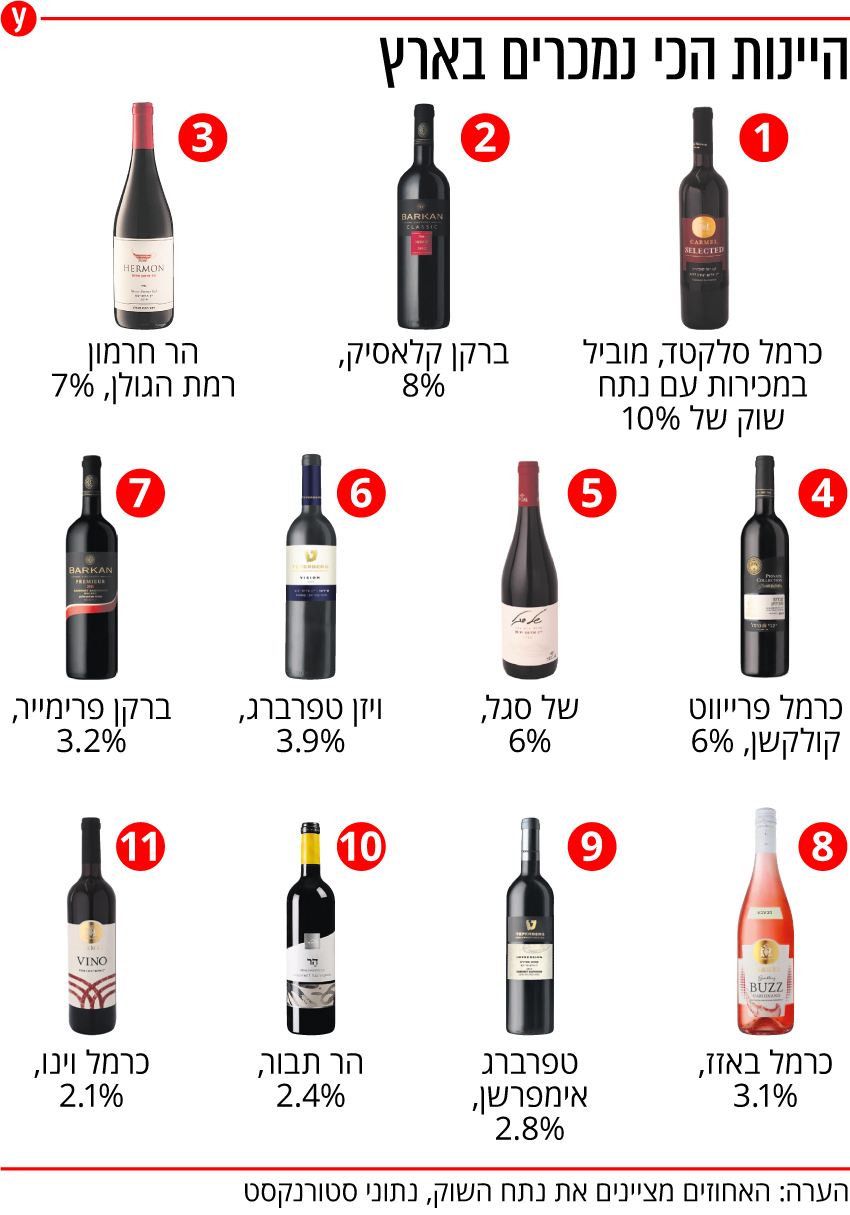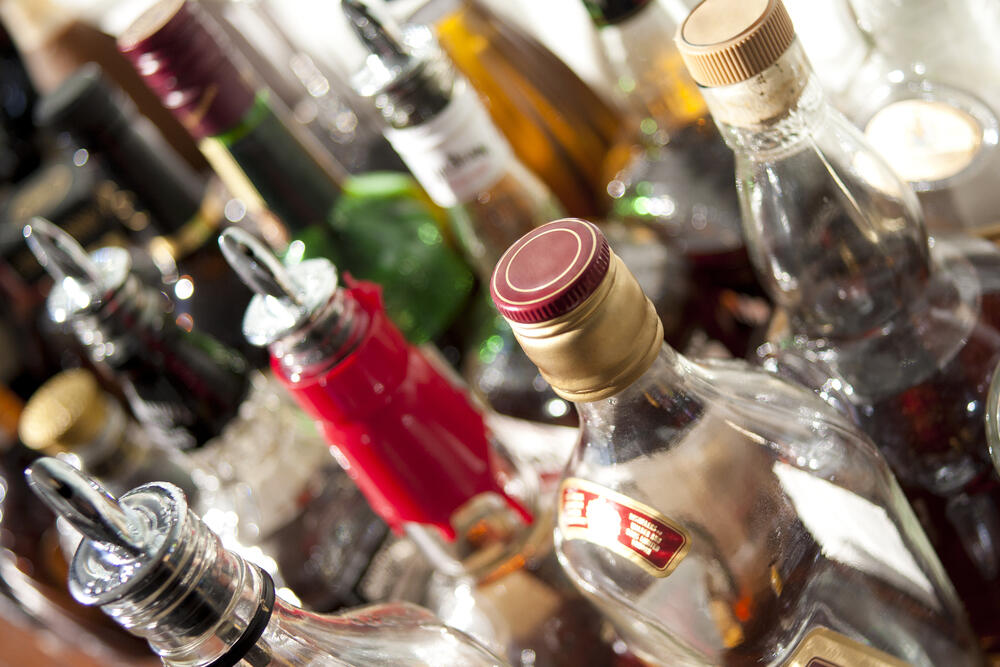
What wine will fill the four glasses you will drink this year at the Seder table? “More than 60% of wine sales in Israel are held on Passover and Rosh Hashanah,” explains Deputy Recanati CEO Gil Schatzberg, explaining the importance of Passover to one of the oldest production industries in our region: the wine industry.
Israelis’ favorite wines are the reds, but in recent years there has been an increase in sales of rosé wine, Gewurztraminer-based wines and sophisticated and palatable wines.
2020 was a good year for the wine, which despite the corona crisis has grown at a double-digit rate in chains and stores. In the whole market there was a much smaller growth, of about 4%, due to the closure of restaurants, event gardens, bars and hotels. On Passover 2020, there was a drop in wine consumption, as Israelis celebrated Seder night alone and did not bring wine as a holiday gift to Auntie. In addition, according to Schatzberg, the industry suffered greatly from a severe decline in exports: “There was mainly a decline in exports to the US following the Corona crisis.”
3 View the gallery


wine
(Photo: PR)
All the large wineries grew in sales this year, including Carmel, Barkan, Golan, Tepperberg, Segal and Tavor wineries. According to Erel Barkai, CEO of Arza Winery and Creator Winery, which together are considered the fifth largest winery in Israel and bottles close to 4 million bottles a year, “in the first half of 2020 we froze sales and in the second half of the year we were very upset. Last Rosh Hashanah was one of our best.
“Right now we are also starting to see the return of the institutional market (anything other than shops, chain stores and supermarkets, MK). Wholesalers selling to restaurants and hotels have come back to contact us in recent days, but I appreciate that this market recovery is a process that will take time. “Restaurants that have unfortunately closed. As a winery, we did well in 2020 and started this year with a storm.”
3 View the gallery


Another source in one of the largest wineries in Israel also thinks that 2021 will be good for the industry: “In January-February, a significant increase of about 23% could be seen in wine sales. The increase is due to January, which was strong and fertile in February this year. Have a great holiday. “
In 2020, there was an increase in the size of the wine market in terms of quantity to about 17 million liters (an increase of 12.5% compared to 2019) and mercury: to about NIS 663 million, an increase of 15.5% compared to 2019. When the monetary increase is higher than the quantitative, it means a rise in prices in the wine category or a greater sale of expensive wines.
Ariel Epstein, chairman of the importer and distribution company Hakerem, explains that there is a trend of premiumization in wine consumption, especially in the population of high socio-economic status. He said, “In some cases, it is a pizza about the loss of consumption in the events market. Consumption has fallen in the periphery – since there have been no events, but people buy premium wine, malt whiskey and cognacs and expensive alcohol products at home. Suddenly we identified a consumption in the homes of Cointrea liqueur that is usually only sold in bars. In other words, people were making cocktails at home. “
3 View the gallery


“People buy premium wine and expensive alcohol products at home.” Bottles of alcohol
(Photo: shutterstock)
Yaakov Berg, owner of Psagot Winery and the Panko website, agrees that the wine segment, especially a very high quality boutique wine, rose sharply in sales in 2020, to a tens of percent increase in online sales. “Wine is connected to culture, to lifestyle, not to the place of banging your head,” he says. “Whiskey sales have also risen, because it is a drink that is suitable for sitting at home, savoring it, not jumping in. On the other hand, vodka, which was a very strong category in Israel, due to events and bars, fell in sales by many percent. For cocktails, less to drink at home.
“Therefore, when it was reported that alcohol consumption rose by up to 20% during the Corona period, it was a fundamental mistake in understanding economics. All published data are from supermarkets. There was no doubt a very large increase in supermarket sales, so consumption moves from the institutional market to home, but there is actually a very large decrease. “In alcohol sales throughout the market, because the largest consumption of alcohol is unequivocally – in the field of events.”
These days, the wine shelves in the retail chains are full of promotional signs: 2 for 55 shekels, 2 for 50, 3 for 100, 2 for 100, 4 for 100 and even 5 for 100 and 2 for 36 shekels – like this Passover wines are sold in chains. It’s time to buy wine because Passover is a season of price crashes, usually funded by marketers, when according to the producers, there are no significant price increases this year. According to Schatzberg, “wine prices have not risen in 5 years.”
“Sometimes one chain decides to slaughter one of the popular wines and other chains are towed,” producers told us. “Then and only then do the chains count it and lose on wine. In addition, there are a lot of wineries that are stuck with merchandise because hotels and restaurants have closed and they have to sell quantities.”
In other words, despite the prestigious image of the refined alcoholic beverage, most of the consumption in supermarkets is of wines up to NIS 35, which constitute about 84% of all category sales in this market. On Passover, their price usually drops to NIS 25-20. Wines sold for up to NIS 25 constitute about 50% of the total sales in the category.
The wine segment that sells for NIS 25-20 is the fastest growing. Also in wine chains, about 60% of the quantitative sales are of wines at prices of up to NIS 60. This is according to data from Sterncast, which checks the retail chains, supermarkets and some of the private stores and alcohol product chains.
Is cheap wine less quality? One of the large wineries explains that “most wines sold for up to NIS 35 are aged for about a year, so they are cheaper. Wines sold for between NIS 35 and NIS 60 are wines that are aged for up to two years, with very accessible, harmonious, fruity flavors. This is what the Israeli consumer likes. Even wines that are sold for NIS 300, which are aged for several years. “
According to Erel Barkai, despite the cheap supply, the trend of premiumization continues: “On Rosh Hashanah we saw a decrease in spending on bottles. That is, people were looking for cheaper wines. For example, if a person was used to buying wine for NIS 100, he was looking for wine for NIS 90. That is, it did not reduce the amount of consumption but did reduce the expenditure.
“This holiday we are seeing a return to higher spending, consumers are returning to buy the higher series. With us specifically we are actually seeing a step up in demand for the higher quality and more expensive wines.
“In addition, there is a real boom in the topic of holiday packages and our analysis around this thing, is that there are a lot of organizations that do not do frontal toast raising, but toast toast, so send employees packages and do virtual toast. There is a crazy demand for the issue of packages this holiday. Something not. “We have never seen anything like this. In another day or two we will run out of stock of our highest quality wine package, they have snatched everything. Unfortunately, on the other hand, there is also a much greater demand for donations.”
In the alcohol market as a whole, too, prices have dropped, thanks to websites and parallel imports, which has made duty-free, for example, less attractive. “Following the parallel import, we are cheaper than abroad in many brands like Johnny Walker, Black Label and various vodka brands,” says Berg. “Profitability on alcoholic beverages has eroded greatly. It reached a few shekels. A store earns NIS 5 on Finland when it costs NIS 70. That is a loss. “
According to the chairman of the vineyard import and distribution company, “There is currently a shortage of Glenfiddich 12, the demand is great and there is no way to fill it, because the product was created 12 years ago. Despite the shortage, they do not raise the price, because in a world where there are parallel imports, it is not possible to raise the price as much as you want. ”
In the marketing chains, you can also see more expensive wines on the shelves, such as Carmel Limited Edition, which is sold at Shufersal for NIS 189, and also kosher imported wines such as Bordeaux Chateau La Reagan and Gatto Negro. In wine shops and non-kosher chains – the quantities of imported wine are many and increasing.
According to Epstein, “We in the vineyard bring hundreds of imported wines to Israel. From a huge variety of dozens of wineries. They are sold in non-kosher chains and specialty wine shops. We also bring cheap kosher wines, but this is not something that represents the entire wine import industry.”
On the other hand, Barkai emphasizes that “of course there is competition from imports, but I do not see an increase in imports in the last year. Imports also converge on the price groups used in Israeli wines. We deal with that. Israeli wines win awards, we have many interesting varieties. A crimson variety, or a Mediterranean blend. Customers are looking for unique varieties. ”
One of the retail chains explains that “imports are relatively small in the retail chains, due to kosher problems and constitute 20% of wine sales, and the chains constitute 80% of the alcohol sales market. Import wine is also cheap and sold for up to NIS 60, but there is a preference for Israeli taste.
“Israeli wines also dominate the expensive wine segment, whose prices start at NIS 65-70 and can reach NIS 200-150. More than that, this is the niche of the niche. 95% of the wines in the chains are wines at NIS 50. In wine shops 80% up to NIS 60, in the price ranges of NIS 100-150 it is about 15% to 20%. “
If I go to a writer in Italy, France, Portugal, USA, Chile – will the average price of wine be lower than in Israel?
“It’s pretty similar. The best-selling wines in the U.S. are wines that sell for up to $ 10. There are also wines in the US for $ 5 – NIS 18-17. These are very simple wines. In Israel, too, you can find wines at these prices, no problem. 5% of the sales volume are wines at this price. These are wines whose level of aging is minimal and can be marketed for sale. “About six months after the completion of the fermentation process. They spend less time in the factory. They are very young, so they can be sold cheaper.”
Along with the wines, the chains sell the Passover hit in quantities: mustard, a product that winemakers do not like to bottle. They produce it with no choice, because of the great demand on Passover. Such grape juices are sold for NIS 10-7 and up to NIS 19.90 for bubbling must, a novelty of the past year. Some grape juices are imported, mainly from Turkey and some are mixed with water, the industry claims, which makes it possible to lower their price.
Tiroche is a category that generates about NIS 191 million a year – a growth of 11% compared to 2019. The quantitative growth in the category is about 7%, which means that there has been an increase in prices in the must between 2019 and 2020, or the sale of more expensive brands.
According to Barkai, “Tiroche is Los Lider – a product that the chains lose money on in order to attract an audience to the stores on Passover. There is very significant competition in prices between the chains in the market. It is important for the chains that their prices be low for Passover surveys.”
This wine is also a local tourist of winery visits and wine tastings, which has been erased in the last year and is slowly recovering. The bulk of this tourism: in medium-sized, small and tiny wineries. 95% of the wine sold in Israel is produced by the large wineries, but there are about 300 wineries in the country. For example, Jerusalem Winery produces 3 million bottles each year and employs 30 people. Half of its production is grape juice for chains, and half is wine, the most expensive bottle of which is sold for about NIS 200 in various wine shops.
“We are considered the wine of Jerusalem,” explains VP of Marketing Carmit Aharneich. “We do not sell in writers and do not sell in 4 in 100 promotions. The hospitality and restaurant business is silent, but we were lucky that the wine shops continued to operate.
“Right now, we are happy that another restaurant is opening and hotels are opening, including new hotels. For example, the Lifta Boutique Hotel recently opened and they asked us for a wine menu. We will soon open the wine tasting tender on Yemin Moshe, near Montefiore Mill, hold workshops and tastings. We have a winery and not just managing a tourist site, otherwise we would have collapsed. “